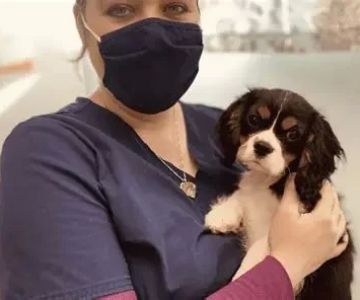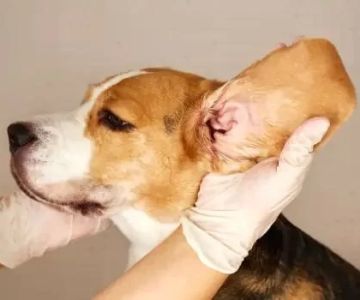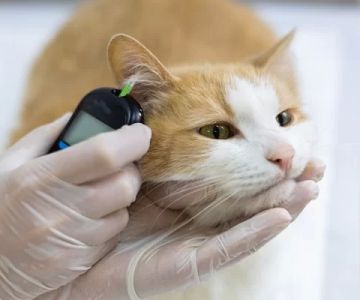Tips for Preparing for a Vet Visit with Anxious Pets
- 1- Understanding Pet Anxiety
- 2- Recognizing the Signs of Anxiety in Pets
- 3- Calming Techniques to Reduce Stress
- 4- Preparing for the Vet Visit: Practical Steps
- 5- Helpful Products for Anxious Pets
- 6- Seeking Professional Support for Extreme Anxiety
1. Understanding Pet Anxiety
When it comes to visits to the vet, many pets experience anxiety, often resulting in stress for both the pet and their owner. Understanding the causes of this anxiety is the first step to managing it effectively. Pets may be nervous about new environments, unfamiliar people, or even past negative experiences during vet visits. Acknowledging these fears allows you to implement a strategy to ease their anxiety before, during, and after the visit.
2. Recognizing the Signs of Anxiety in Pets
Pets often exhibit physical and behavioral signs when they’re anxious. Common signs include excessive drooling, trembling, hiding, or excessive barking or meowing. Some pets might become overly clingy, while others may refuse to eat. Being able to recognize these signs early allows you to take proactive steps to calm your pet before the vet visit.
3. Calming Techniques to Reduce Stress
There are several techniques to calm an anxious pet before a vet visit. One of the most effective methods is desensitization, which involves gradually exposing your pet to the environment or situation that causes anxiety. You can start by visiting the vet's office without any medical procedures, allowing your pet to become familiar with the surroundings. Another helpful approach is counter-conditioning, where you associate the visit with positive experiences, like giving your pet a treat after the visit.
Some pets respond well to soothing music, pheromone sprays, or even gentle massage to help them relax before and after the visit. These techniques can help your pet feel calmer and more at ease during the entire process.
4. Preparing for the Vet Visit: Practical Steps
Preparation is key when it comes to reducing anxiety in pets. Start by ensuring your pet is comfortable in their carrier or car, as this can be a stressful part of the journey. Use positive reinforcement when getting your pet into the carrier, such as offering treats or praise. Additionally, avoid feeding your pet right before the visit, as this could increase the chances of motion sickness or discomfort during travel.
On the day of the visit, try to remain calm and collected. Pets can sense their owner's emotions, and if you are anxious, they may become more nervous. Stick to a calm routine to help your pet feel more secure.
5. Helpful Products for Anxious Pets
In addition to calming techniques, several products can help ease anxiety in pets. Calming collars that release soothing pheromones, anxiety wraps, and natural calming supplements can be effective in reducing stress levels. Many pet owners find that these products help their pets feel more secure during the vet visit. If your pet has severe anxiety, speak to your veterinarian about other options, such as medication or professional behavior therapy.
6. Seeking Professional Support for Extreme Anxiety
In some cases, pets may experience extreme anxiety that cannot be managed through home techniques alone. If your pet is showing persistent signs of anxiety, it might be worth consulting with a veterinarian or a professional animal behaviorist. They can provide personalized advice and treatment options to help manage your pet’s anxiety effectively, ensuring that future vet visits are less stressful for both you and your pet.
Incorporating these tips into your routine can help make vet visits less stressful for your pet and create a more positive experience for everyone involved. If you're looking for products or additional support to manage your pet’s anxiety, consider checking out our recommended calming products designed specifically for anxious pets. Don't let anxiety hold your pet back from receiving the necessary care. Act now and help your pet feel more at ease during every vet visit!









